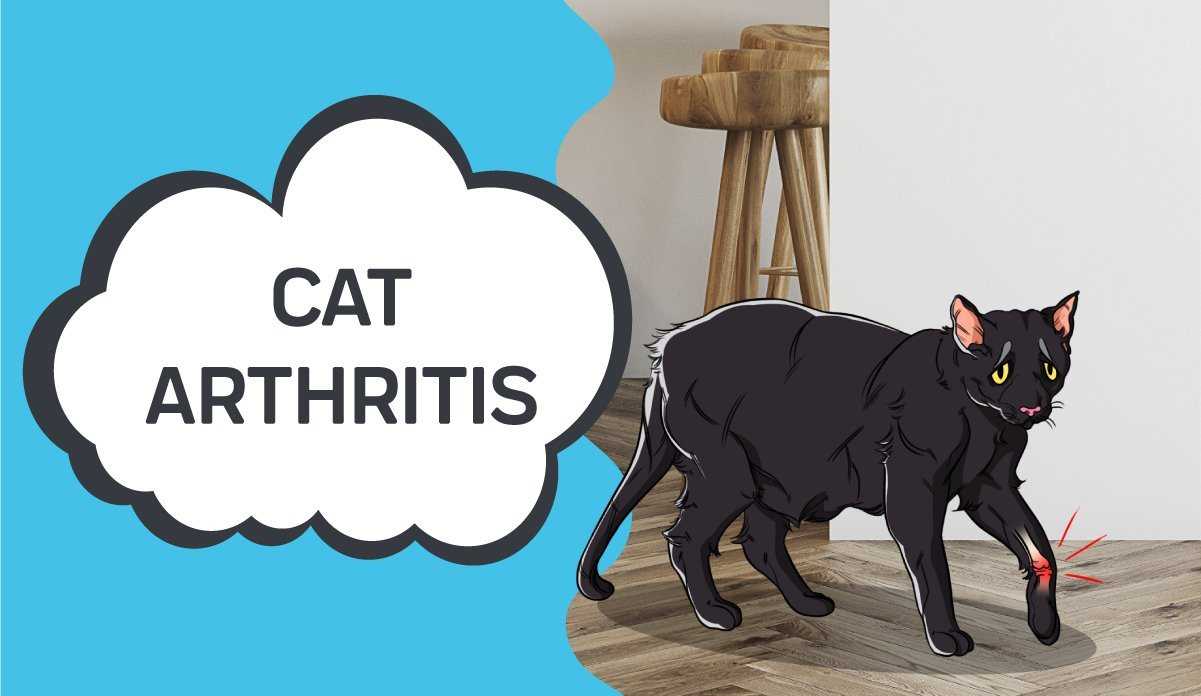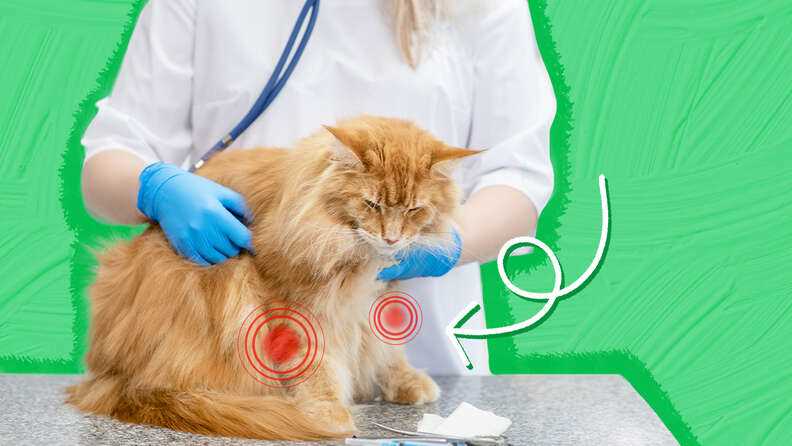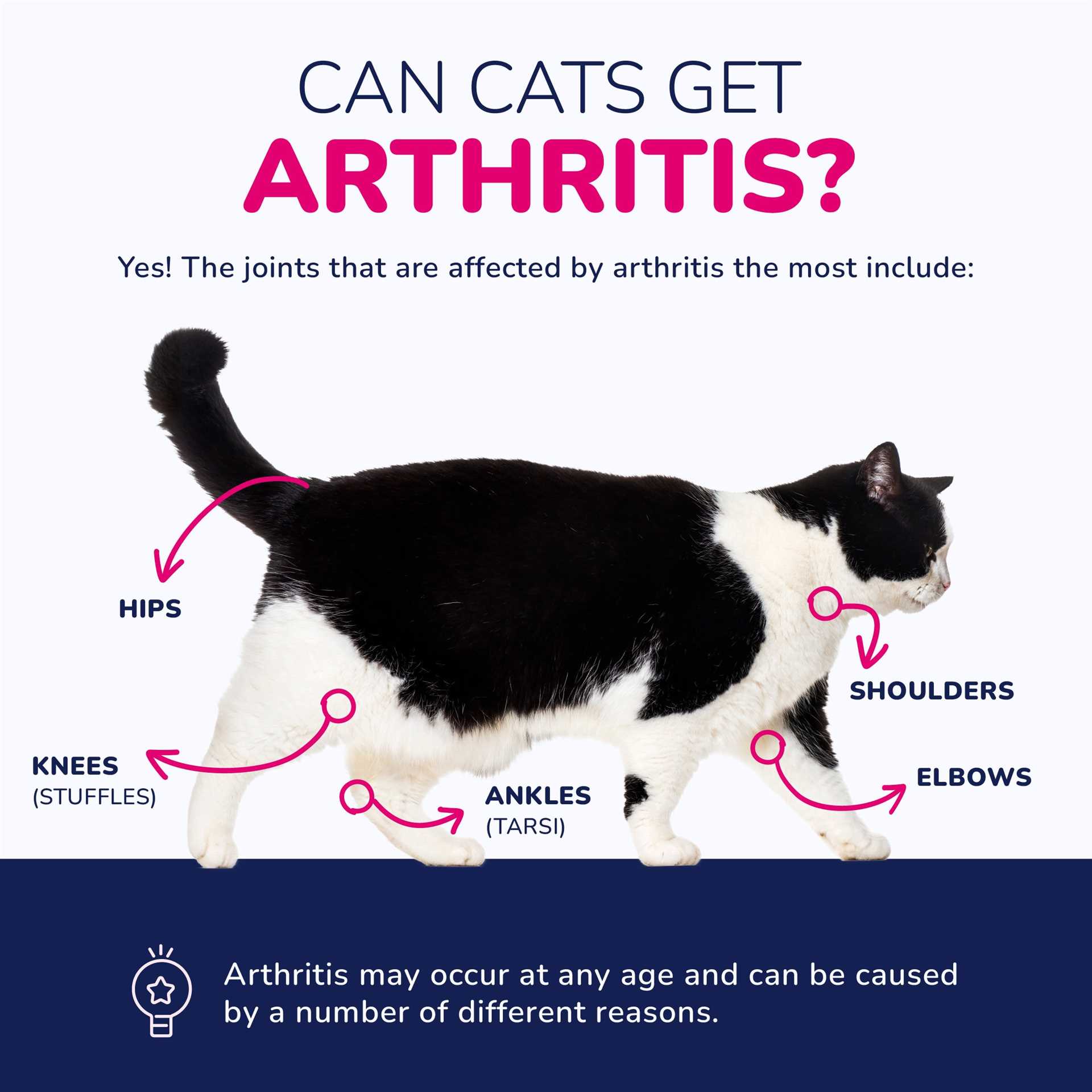Regular veterinary check-ups are crucial for maintaining the well-being of your furry friend. If you notice signs of discomfort, consult with your vet to determine the best course of action.
Incorporating a balanced diet rich in omega-3 fatty acids can significantly alleviate joint pain. Look for high-quality foods or supplements that contain fish oil or flaxseed oil, as these ingredients contribute to reducing inflammation.
Weight management plays a key role in easing stress on joints. Keeping an eye on your companion’s weight and ensuring they remain at a healthy size can help minimize discomfort. Consider introducing controlled portions and engaging them in gentle play to encourage movement without overexertion.
Physical therapy, including low-impact exercises and stretching routines, can be beneficial. Your veterinarian might recommend specific activities tailored to enhance mobility while avoiding strain.
Lastly, creating a comfortable environment with soft bedding and easy access to favorite resting spots can make a significant difference in your pet’s quality of life. Simple adjustments around the home often lead to noticeable improvements in their day-to-day comfort.
Managing Joint Discomfort in Felines

Regular check-ups with a veterinarian are non-negotiable. They help in identifying any progression in my mobility issues and adjusting my care plan accordingly. Medication, like non-steroidal anti-inflammatory drugs, can be prescribed to alleviate pain and inflammation. Always consult a vet before starting any new treatment.
Dietary Adjustments
Incorporating omega-3 fatty acids into my meals is beneficial. Fish oil supplements help reduce stiffness and swelling in my joints. Additionally, maintaining a healthy weight is crucial; excess pounds put more strain on my body. Specialized diets designed for joint health can also be considered.
Physical Activity
Gentle exercise routines keep my joints flexible. Short play sessions with interactive toys are great for maintaining mobility without overexertion. Stretching exercises can also enhance my range of motion. Always ensure that the environment is safe and comfortable for movement.
Massage therapy can provide relief and improve circulation. A gentle rubdown from my human can work wonders in easing discomfort. Always monitor my reactions to ensure that I enjoy the process.
Alternative therapies like acupuncture may also offer additional relief. Discussing these options with a veterinarian can lead to a well-rounded approach to managing my condition.
Recognizing Symptoms of Joint Issues in Felines
If I notice changes in my movements, it might indicate discomfort. A reluctance to jump or play, or spending more time resting, can signal a problem. When I see my friends struggle to climb or use the litter box, it raises a red flag.
Behavioral Changes

Pay attention to my mood swings. If I become irritable or less social, it’s worth investigating. Sometimes, I might even hiss or swat if touched in sensitive areas. Changes in grooming habits, like neglecting hard-to-reach spots, can also hint at underlying issues.
Physical Signs
Watch my gait. A limp or stiffness after resting is a sign I might be struggling. Swelling in my joints or unusual posture while sitting can indicate discomfort. Weight changes might also occur; I might eat less due to pain, leading to unintended weight loss.
Dietary Adjustments for Arthritic Felines
Switching to a diet rich in omega-3 fatty acids has made a significant difference in my comfort. I enjoy fish oil supplements or specific cat foods formulated with these beneficial fats. They help reduce inflammation and support joint health.
Incorporating antioxidants into meals is another great step. Ingredients like blueberries and spinach provide nutrients that combat oxidative stress. Look for commercial diets that include these superfoods or add them in moderation to my meals.
Weight management is crucial. A leaner physique reduces stress on joints. My human monitors my portion sizes and ensures I maintain an active lifestyle. Low-calorie treats are a favorite, so I don’t feel deprived while staying fit.
Hydration plays a role too. Drinking enough water helps maintain joint lubrication. My human makes sure I have fresh water available and sometimes adds wet food to my diet to increase my fluid intake.
Consider joint supplements as well. Glucosamine and chondroitin can support joint function. My human consults the vet for recommendations tailored to my needs.
Lastly, a consistent feeding schedule has helped me feel secure. Regular meal times contribute to better overall health, which is beneficial for my joints too.
Physical Therapy Options for Arthritic Felines
Water therapy is a game-changer. Swimming or walking in a shallow pool allows for movement without putting pressure on sore joints. A harness can help keep me secure while splashing around.
Massage therapy is another great option. Gentle strokes by a trusted human can improve circulation and reduce muscle tension. Regular sessions can help ease discomfort and enhance mobility.
Range-of-motion exercises are beneficial too. A few simple stretches can maintain flexibility. Asking a human to gently extend my legs can keep them limber, preventing stiffness.
Acupuncture might sound unusual, but it works wonders. Tiny needles stimulate specific points, promoting healing and relieving discomfort. Finding a professional experienced with animals is key.
Laser therapy is high-tech but effective. It uses light to penetrate tissues, reducing inflammation and pain. Regular sessions can lead to noticeable improvements.
Consider incorporating a balance board. It helps strengthen muscles and improve coordination. Standing and moving on a stable surface can enhance overall stability.
- Consult with a vet before starting any physical therapy.
- Monitor responses to each therapy to determine effectiveness.
- Be patient; improvements take time.
Medications and Supplements for Managing Pain

For my fellow feline friends experiencing discomfort, certain medications can make a significant difference. Non-steroidal anti-inflammatory drugs (NSAIDs) like meloxicam or robenacoxib are often prescribed to alleviate pain and inflammation. It’s crucial to have a veterinarian monitor dosage and usage to avoid potential side effects.
Additionally, gabapentin is gaining popularity for its effectiveness in managing pain, especially for those with chronic conditions. Always consult with a vet before starting any new medication to ensure it’s appropriate for your specific needs.
Natural Aids
Incorporating supplements such as omega-3 fatty acids can also help. These can be found in fish oil and may reduce inflammation in the joints. Glucosamine and chondroitin are other options that support joint health and mobility, promoting a better quality of life.
While addressing pain, consider environmental factors too. A cozy space with easy access to food and litter boxes can reduce strain. For those moments when you need a clean living area, check out the best pressure washer for using indoors to keep your surroundings comfortable.
Keep in mind that every kitty is unique, so what works for one might not be suitable for another. Regular check-ups with your veterinarian will help tailor the best pain management plan for your furry self.
Creating a Comfortable Living Environment for Arthritic Cats
Elevate your sleeping area with soft bedding and add cushioning to hard surfaces. My favorite spot is a cozy blanket in a quiet corner where I can stretch out without feeling any discomfort. A heated pad can also be a game-changer during colder months, providing warmth to soothe sore joints.
Accessibility Matters
Ensure that all essential areas, like litter boxes and food stations, are easily accessible. Consider using low-sided litter boxes for easier entry and exit. Adding ramps or steps to higher places can help me reach my favorite napping spots without straining myself. Think about my daily routines and adjust them to minimize unnecessary effort.
Engaging Environment
A calm atmosphere is key. Reducing loud noises and sudden movements helps keep me relaxed. Interactive toys that stimulate my mind without requiring too much physical exertion keep me entertained. Also, consider creating a safe outdoor space with soft grass or sand, allowing me to enjoy fresh air without the need for too much movement.
Lastly, if you notice any signs of urinary issues, check out this link for the best antibiotic for uti in cats to keep me healthy and comfortable.
FAQ:
What are the common signs of arthritis in cats?
Common signs of arthritis in cats include limping, difficulty jumping or climbing, reluctance to play, changes in grooming habits, and signs of discomfort when touched or handled. You might also notice your cat being more withdrawn or less active than usual. If you observe any of these signs, it’s important to consult a veterinarian for a proper diagnosis and treatment plan.
How can I manage my cat’s arthritis at home?
Managing your cat’s arthritis at home can involve several strategies. First, providing a comfortable resting area with soft bedding can help alleviate pressure on painful joints. You can also consider using ramps or steps to assist your cat in accessing favorite spots without jumping. Maintaining a healthy weight through a proper diet is crucial, as excess weight can increase joint strain. Additionally, regular but gentle exercise, such as short play sessions, can help keep your cat mobile without overexertion. Always consult with your veterinarian before implementing new treatments or changes to ensure they are suitable for your cat’s specific condition.






